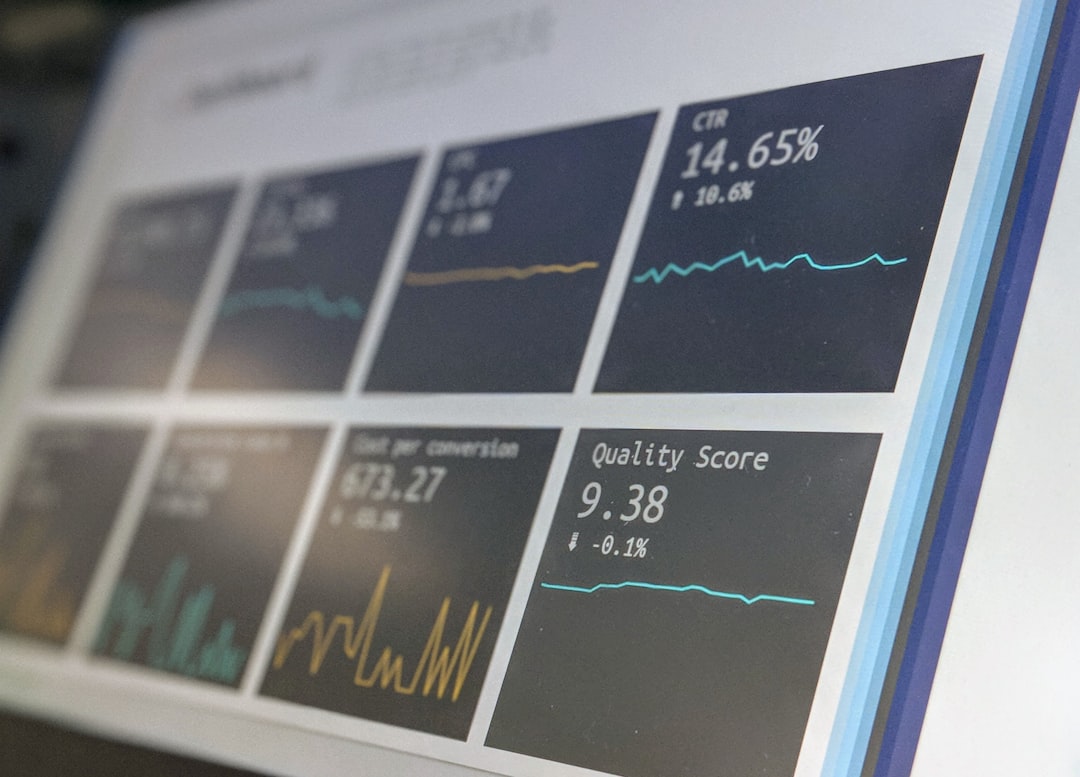
Transforming Data with Cascading Immutable Automated Systems
In the age of big data and cloud computing, the ability to efficiently process, store, and manage data is crucial. One emerging paradigm that has garnered attention is the use of Cascading Immutable Automated Systems. This concept integrates the principles of immutability, automation, and cascading processes to create a robust framework for transforming data. Understanding how these systems operate can significantly enhance DevOps practices, streamline workflows, and improve data integrity.
What are Cascading Immutable Automated Systems?
Cascading Immutable Automated Systems refer to a structure where data is processed in a series of steps (cascading) using immutable data structures. Each transformation step is automated, ensuring that the data remains unchanged throughout the process. This approach minimizes errors, enhances reproducibility, and facilitates debugging.
Key Features of Cascading Immutable Automated Systems
- Immutability: Once data is created, it cannot be altered. This feature prevents side effects and ensures that data integrity is maintained at all times.
- Cascading Processes: Data flows through a series of defined transformations, where each stage processes the output of the previous one. This creates a streamlined workflow.
- Automation: Automated processes reduce the need for manual intervention, thereby minimizing human errors and accelerating the data transformation cycle.
Benefits of Cascading Immutable Automated Systems
Implementing Cascading Immutable Automated Systems offers several advantages:
Enhanced Data Integrity
With immutability, data corruption is drastically reduced. When transformations are logged and each step produces a new version of the data, any issues can be traced back to the source without impacting the original dataset.
Improved Collaboration
Because the data is immutable, teams can work concurrently on different aspects of the project without fear of overwriting each other’s work. This leads to increased collaboration and efficiency.
Streamlined Debugging and Reproducibility
When data transformations are logged with their specific versions, reproducing results becomes straightforward. If an error occurs, developers can easily revert to a previous state and analyze the changes made.
Practical Applications
Cascading Immutable Automated Systems can be applied in various domains, including:
Data Analytics
Organizations can implement these systems to analyze large datasets efficiently. For instance, by using Apache Kafka and Apache Flink, companies can process streams of data in real-time while maintaining the integrity of the original data.
Continuous Integration/Continuous Deployment (CI/CD)
In a DevOps environment, adopting cascading immutable systems allows for better version control and rollback capabilities. Tools like GitHub Actions can automate workflows, ensuring that each deployment is consistent and reliable.
# Example of a GitHub Actions workflow
name: CI/CD Pipeline
on:
push:
branches:
- main
jobs:
build:
runs-on: ubuntu-latest
steps:
- name: Checkout code
uses: actions/checkout@v2
- name: Build and test
run: |
npm install
npm testMachine Learning
In machine learning, data pipelines can be simplified through immutable systems. By creating immutable datasets for training and testing, researchers can ensure that their models are evaluated against consistent data.
Current Developments and Emerging Trends
As the demand for data transformation techniques increases, several tools and frameworks are emerging. Technologies like Apache Beam and Kubernetes are being integrated into cascading immutable systems, allowing for enhanced scalability and flexibility. These advancements are paving the way for more efficient data pipelines and are essential for organizations looking to leverage data-driven insights.
Expert Opinions
According to Dr. Emily Chen, a data scientist at Tech Innovations, “Cascading immutable systems are revolutionizing how we handle data. The ability to maintain integrity while automating processes is a game-changer for both data scientists and engineers.”
Further Reading and Resources
To deepen your understanding of Cascading Immutable Automated Systems, consider exploring the following resources:
- Immutable Data Structures in JavaScript
- Introduction to Apache Kafka
- Using Apache Beam for Data Processing
Glossary of Terms
- Immutability: The property of an object whose state cannot be modified after it is created.
- Cascading: A process where data flows through multiple transformation stages.
- Automation: The use of technology to perform tasks without human intervention.
By embracing Cascading Immutable Automated Systems, organizations can transform their data processes into more reliable and efficient operations. This not only enhances data integrity but also fosters a culture of collaboration and continuous improvement.
We encourage you to share this insightful article with your peers and consider subscribing to our newsletter for more updates on DevOps practices and innovations.


